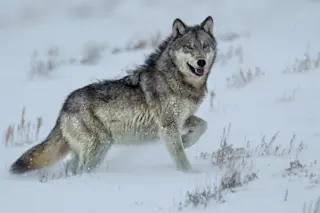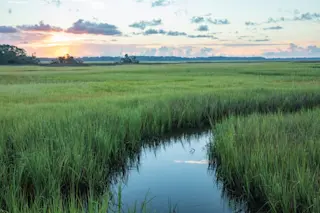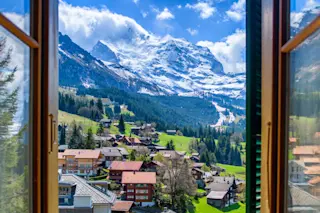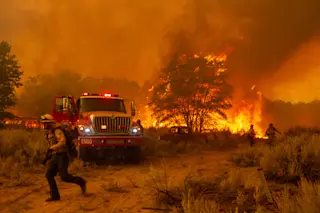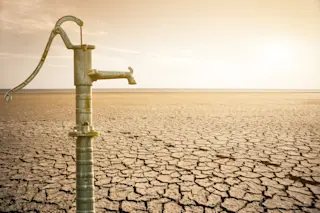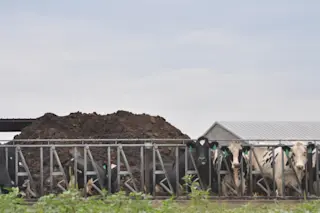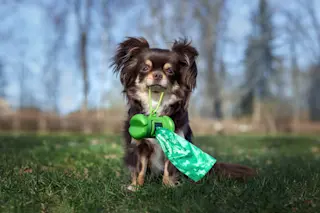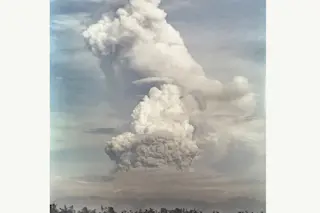This story originally appeared in bioGraphic.
On a humid May afternoon beneath the shade cloth of the plant nursery on his South Texas ranch, Benito Treviño leaned down, magnifying glasses perched on his nose above an extravagant salt-and-pepper moustache, and used his pen knife to remove a bulbous growth from the top of a baseball-sized, dome-shaped cactus. He sliced the thing over a white paper plate, and dozens of bowl-shaped, red-brown specks spilled out. They were seeds, and with the flat of his blade, Treviño sorted them into piles for counting. Along with the contents of the pods from two other recently pollinated cactuses, there were 265 in all—a good haul to add to the 160 he had collected the day before.
Treviño wrote the date and number on a small paper envelope and, using a teaspoon, scooped the seeds in. At this rate, he would soon have hundreds of ...




